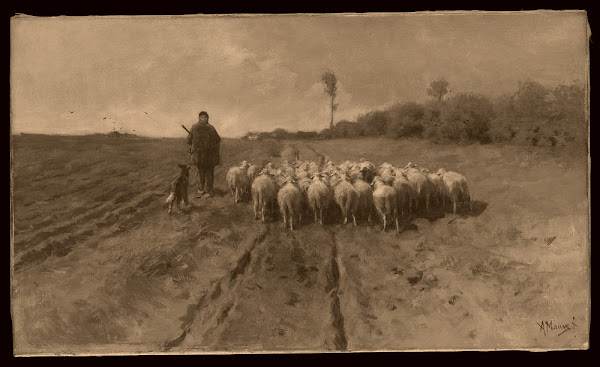What is Google Bard, and how does it work
Bard is an experimental chat service developed by Google that uses artificial intelligence to communicate with users. Similar to ChatGPT, it can hold natural conversations with users and answer questions on a wide range of topics. However, one of the key differences between Bard and ChatGPT is how they retrieve information.
While ChatGPT relies on pre-existing data and knowledge stored within its model, Bard pulls information directly from the web in real-time. This approach allows Bard to provide up-to-date information on any topic and also enables it to handle complex and nuanced queries that may require more context or background information.
How does Google Bard work?
LaMDA, Google's advanced natural language processing tool used in its AI chat service Bard, is built on Transformer, a neural network architecture that Google invented and open-sourced in 2017. Also, Google revealed that GPT-3, the language model used by ChatGPT, is also built on Transformer.
For the initial version of Bard, Google is using a lightweight version of LaMDA that requires less computing power and can be scaled to accommodate more users, according to the release. Along with LaMDA, Bard will draw on information from the web to provide responses. Google CEO Sundar Pichai said that by pulling from the web, Bard can offer fresh and high-quality responses to users.
The use of LaMDA in Bard is a significant departure from most existing AI chatbots, including ChatGPT and Bing Chat, which use an LLM (Language Model) in the GPT series. LaMDA's unique architecture enables Bard to understand and respond to complex language queries more naturally and accurately, enhancing the user experience.
As Bard continues to evolve, it will be interesting to see how its use of LaMDA and other innovative technologies enables it to set itself apart from other AI chat services on the market. With Google's history of developing cutting-edge AI technologies, it's likely that Bard will continue to push the boundaries of what is possible in the field of natural language processing.
When was Bard first Announced?
On February 6, Google and Alphabet CEO Sundar Pichai announced Bard, a new AI chat service. Despite being a new concept at the time of the announcement, Bard's technology is based on Google's Language Model for Dialogue Applications (LaMDA), which was introduced two years prior.
LaMDA is a sophisticated natural language processing tool developed by Google. It is designed to enable AI systems to understand complex language and provide more natural and human-like responses. By using LaMDA as its foundation, Bard can hold more engaging and informative conversations with users.
At the time of its unveiling, Bard was still in the experimental phase, and its features and capabilities were still being developed. However, the use of LaMDA as its underlying technology suggests that Bard has the potential to become a powerful tool for natural language communication.
How long has Bard being in development?
LaMDA, Google's advanced natural language processing tool, was initially introduced as Meena, on January 28, 2020, as a neural network-powered chatbot with 2.6 billion parameters, which Google claimed to be superior to all other existing chatbots. Google later rebranded and unvieled LaMDA during the Google I/O keynote in 2021. Google went on to announce the second generation of LaMDA the following year.
In May 2022, Google not only announced the release of LaMDA 2, but also launched the AI Test Kitchen, a mobile application for Android powered by LaMDA. This app has the ability to generate on-demand lists of suggestions based on complex goals. This eventually led to Bard.
Is Bard better than ChatGPT?
It's difficult to make a direct comparison between Bard and ChatGPT in terms of their overall technical capabilities, as they are both AI systems that are designed to serve different purposes and operate differently.
Bard is an experimental conversational AI chat service that is designed to retrieve information from the web to provide responses, while ChatGPT is a large language model designed to generate human-like text based on a wide range of prompts. Both systems are based on neural network architectures and utilize natural language processing techniques to understand and generate text.
However, Bard does have some unique features that set it apart from ChatGPT. For example, Bard is powered by Google's LaMDA, which is specifically designed for dialogue applications and has the ability to understand and respond to complex natural language queries. Additionally, Bard's ability to retrieve information from the web allows it to provide users with fresh and up-to-date responses that may not be available to ChatGPT.
What is a Bard?
Originally, a "bard" is a poet, storyteller, or musician who often performs for an audience. The name "Bard" may have been chosen by Google to reflect the system's ability to "tell stories" or provide information in a conversational and engaging manner.











